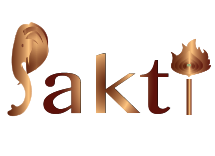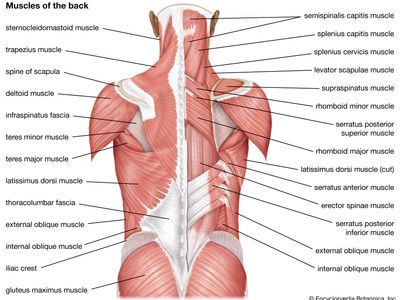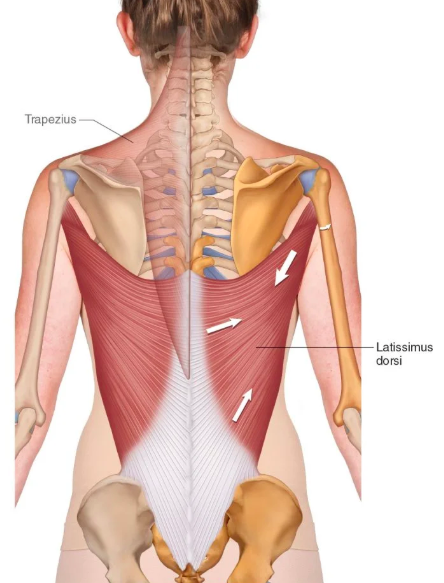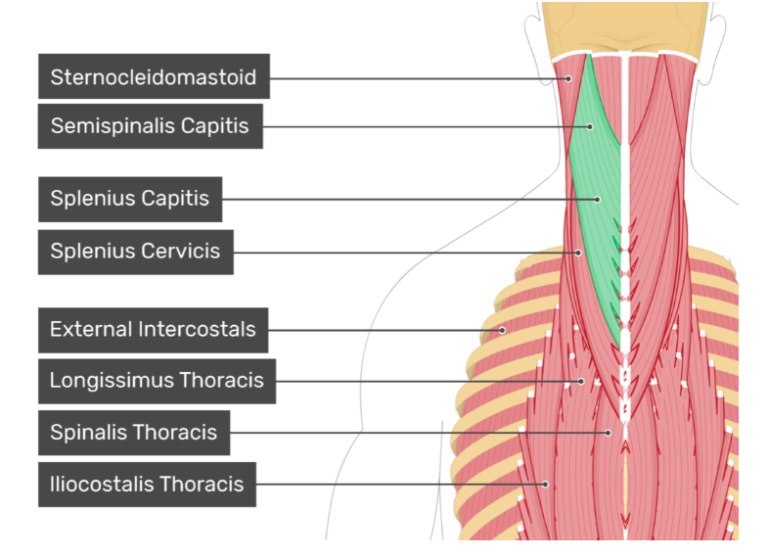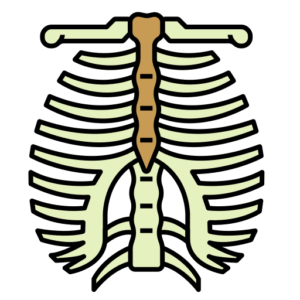Understanding Asana and its importance
Hasta = Hand
Utaana = Raised; stretched; elevated
Hasta Uttanasana is a standing yoga posture in which the arms are raised overhead, the spine extends, and the chest opens. It is commonly practiced as part of the Sun Salutation sequence (Surya Namaskar) and serves as a preparatory pose for deeper backbends.
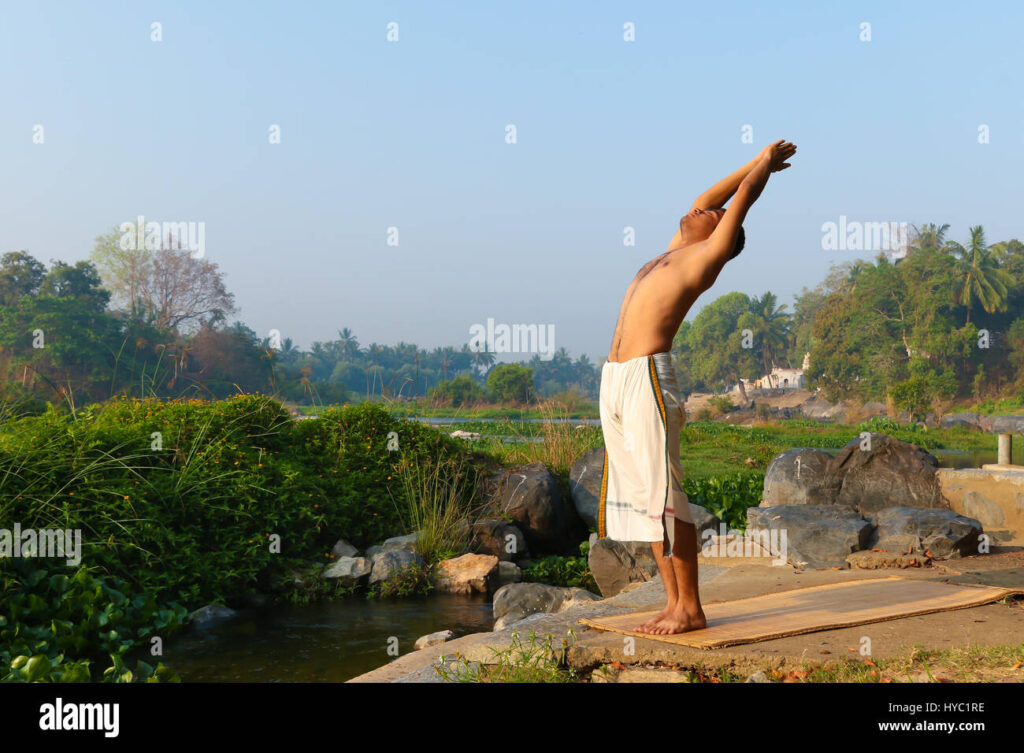
Benefits
- Relaxing the stiffness and tension in the upper body
- Opens up the chest for deeper breaths
Caution
- Improper posture: attempting the asana with excess lordosis will stain the spine.
